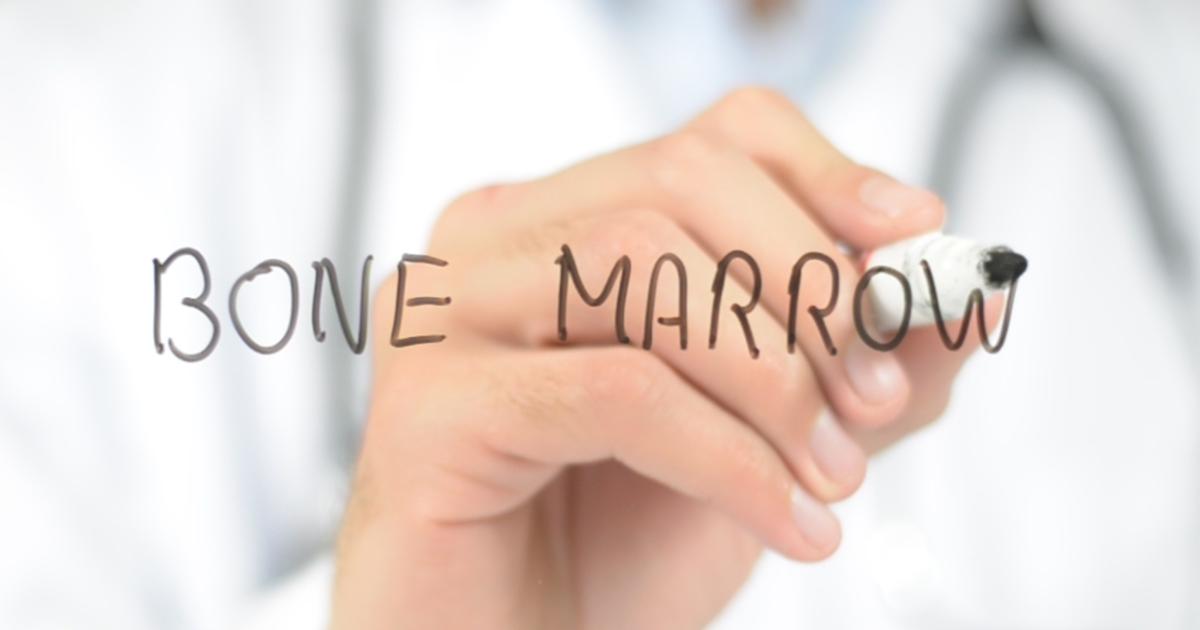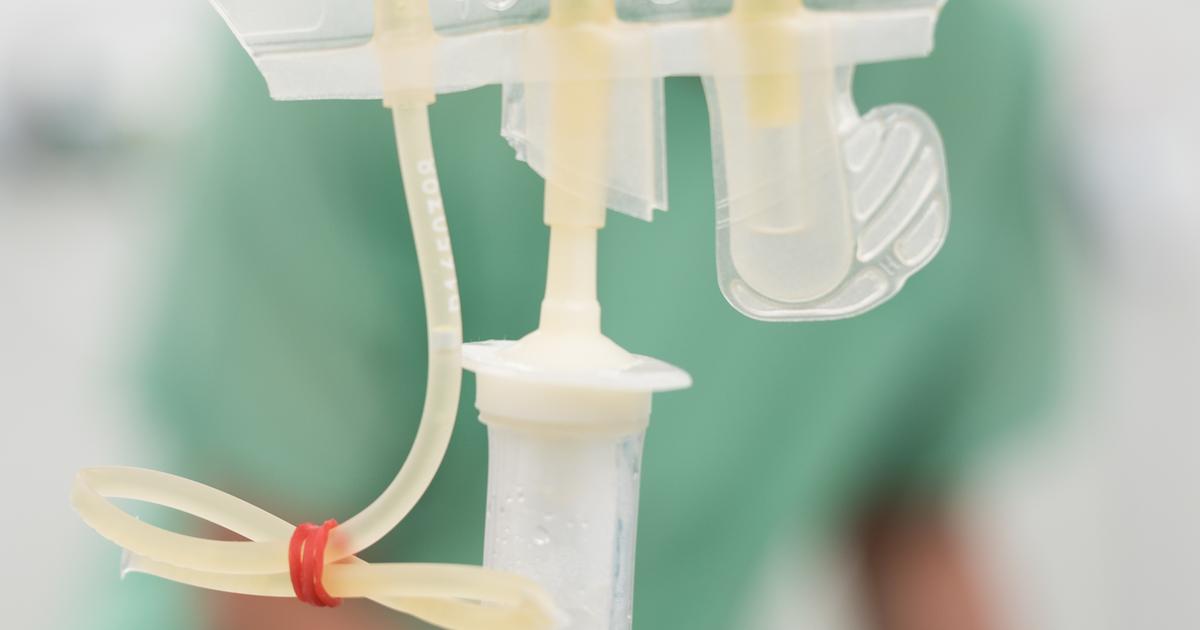Guide To Making A Bone Marrow Donation
How Matches Are Determined

Potential donors can join the bone marrow registry with a painless swab of the inside of the cheek. All swabs are tested for human leukocyte antigen markers at the time of registration. When a patient needs a bone marrow transplant and cannot get one from an immediate family member, the patient's doctor selects several individuals from the national registry. They will have the same HLA markers. These potential donors then have blood tests to determine which individual is the closest match for the patient. In cases where there are multiple close matches for the patient, doctors consider each potential donor's overall health to choose the most appropriate match.
All potential donors have a physical exam to check for potential health conditions that could affect donation. This applies even after they are on the list, since conditions can develop over time. Examples of conditions that can render donors ineligible include diabetes, cancer, and cardiovascular disease. Patients with certain heart conditions and cancers may not be permitted to donate bone marrow. Individuals with diabetes that requires insulin or injections will not be allowed to donate. However, those whose diabetes is controlled with oral medication can donate. While patients with well-controlled irregular heartbeats or mitral valve prolapse could be permitted to donate, individuals who have had a heart attack or surgical procedures such as heart valve replacement, cardiac bypass, angioplasty, or pacemaker implantation will not be able to donate. Each potential donor's health will be evaluated on a case-by-case basis during the selection process.
Learn about how to prepare for a bone marrow donation next.
Preparing For A Bone Marrow Donation

Once a donor has been confirmed, the preparation process will depend on the exact type of donation needed. Doctors will choose the donation method most appropriate for the patient's needs. Currently, a bone marrow donation method known as peripheral blood stem cell collection is the most commonly used donation method. Donors preparing for this type of donation are given daily injections for the five days immediately before the donation itself. The injections usually contain filgrastim, a medicine that increases the number of blood-forming cells in the donor's bloodstream. Some donors may also need to receive injections of granulocyte colony-stimulating factor (G-CSF) to stimulate the growth of white blood cells. These injections are also given over the five-day period that precedes the donation. Each G-CSF injection takes approximately five minutes to complete.
Bone marrow harvest procedures are completed with general anesthesia. To prepare for this donation method, donors may need to have pre-op tests such as bloodwork and an electrocardiogram. This will ensure they are healthy enough for surgery. It may be necessary to stop taking certain medicines a few days or weeks before the operation.
Learn more about how the procedure works now.
